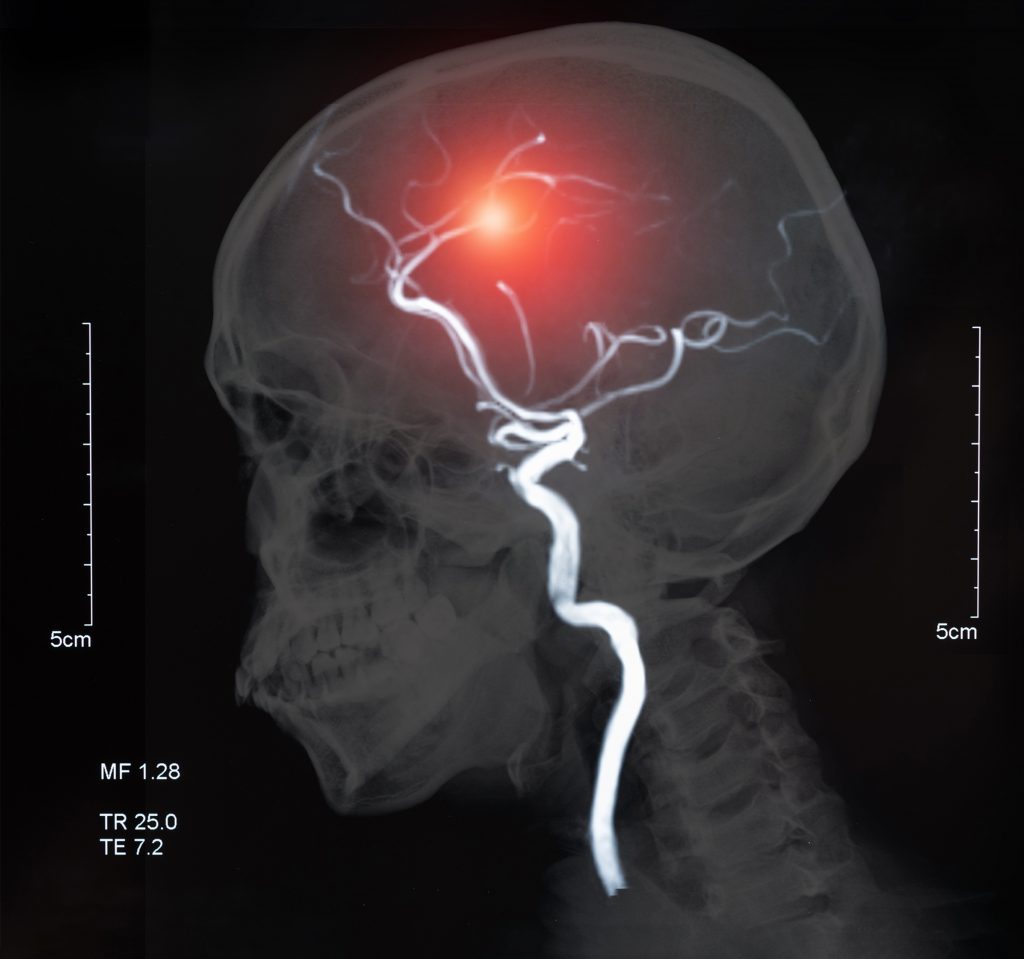The leading non communicable disease worldwide is Cardiovascular Disease (CVD). In 2012, 7.4 million deaths were due to coronary heart disease and 6.7 million to stroke (WHO 2016). “Globally, there are 33 million of stroke survivors (about half of which are in high-income countries and half are in low-/middle-income countries”, (Mendis, Davisi and Norrving 2015). Every year in England approximately 110,000 strokes and a further 20,000 transient ischaemic attacks (TIAs) occur with at least 30,000 people in England living with moderate to severe disabilities, costing the NHS about £2.8 billion a year in direct care costs (DoH et al. 2005).
Stroke is a condition where blood supply to the brain is affected resulting in an ischaemic or haemorrhagic stroke: Transient Ischaemic Attacks (TIAs) are are a temporary interruption to the blood supply of the brain with symptoms resolving anywhere between 5 minutes to 24hrs. The brain contains approximately 100 billion neurons. 1.9 million neurons ae lost for each minute that a stroke is left untreated according to Watkins et al. 2014.
Excerpt above from, “Factors that predispose patients to increased risk of developing a specific acute medical or surgical condition”, Nicola Pickering, Hazardous Environment Paramedic Programme.

References:
DOH et al., 2005. Reducing brain damage: faster access to better stroke care. Fifty–Second Report of Session, (November 2005), pp. 1–60.
MENDIS, S., DAVIS, S. and NORRVING, B., 2015. Organizational Update: The World Health Organization Global Status Report on Noncommunicable Diseases 2014; One More Landmark Step in the Combat Against Stroke and Vascular Disease. Stroke, 46(5), pp. e121–e122.
WHO, 2016. WORLD HEALTH STATISTICS SDG s. World Health Statistics 2016, p. 130. Available from: http://www.who.int/gho/publications/world_health_statistics/en/.




